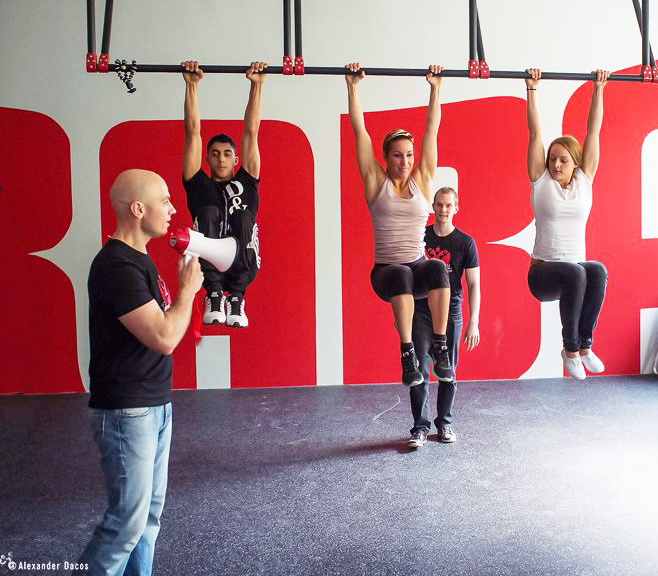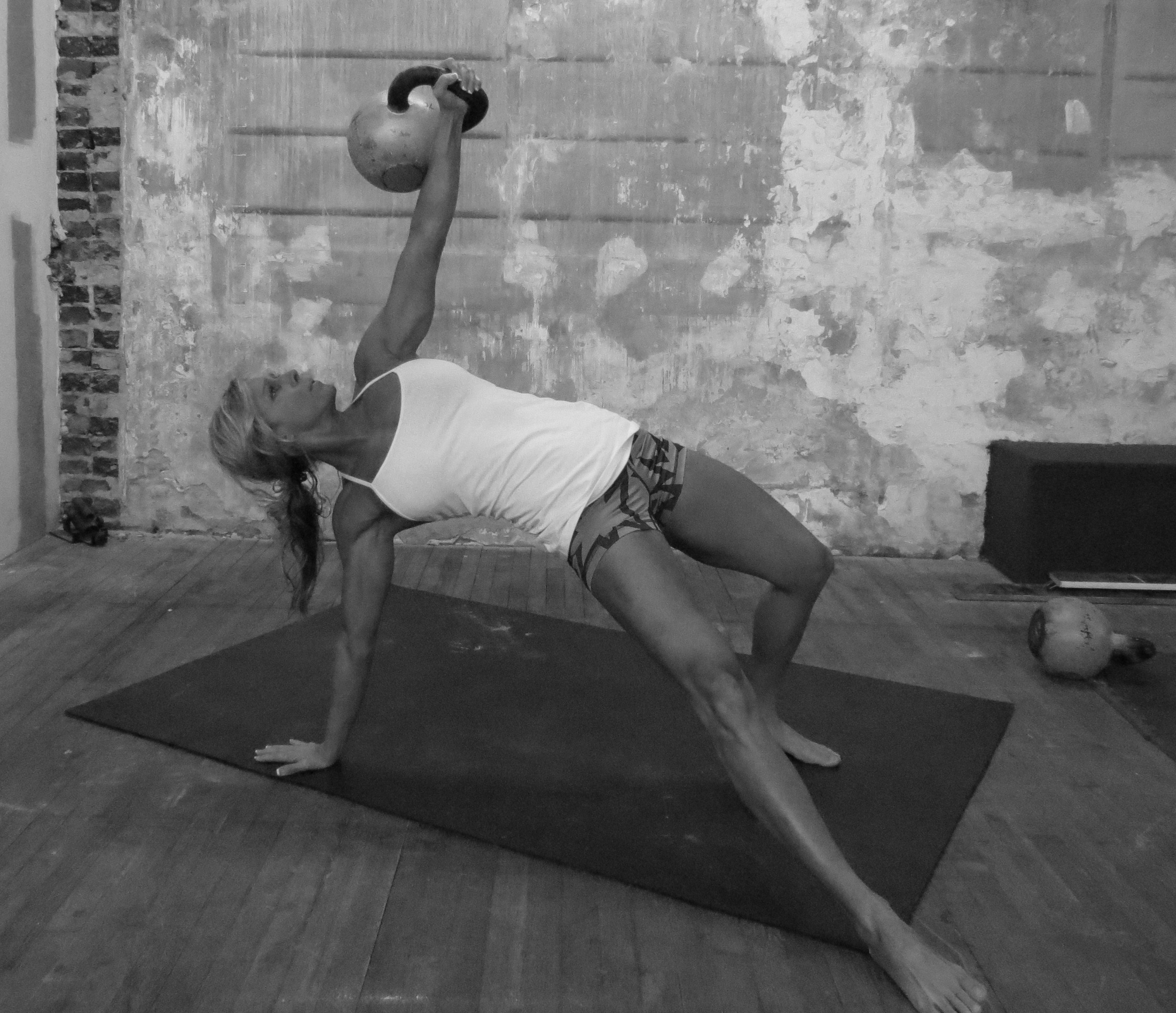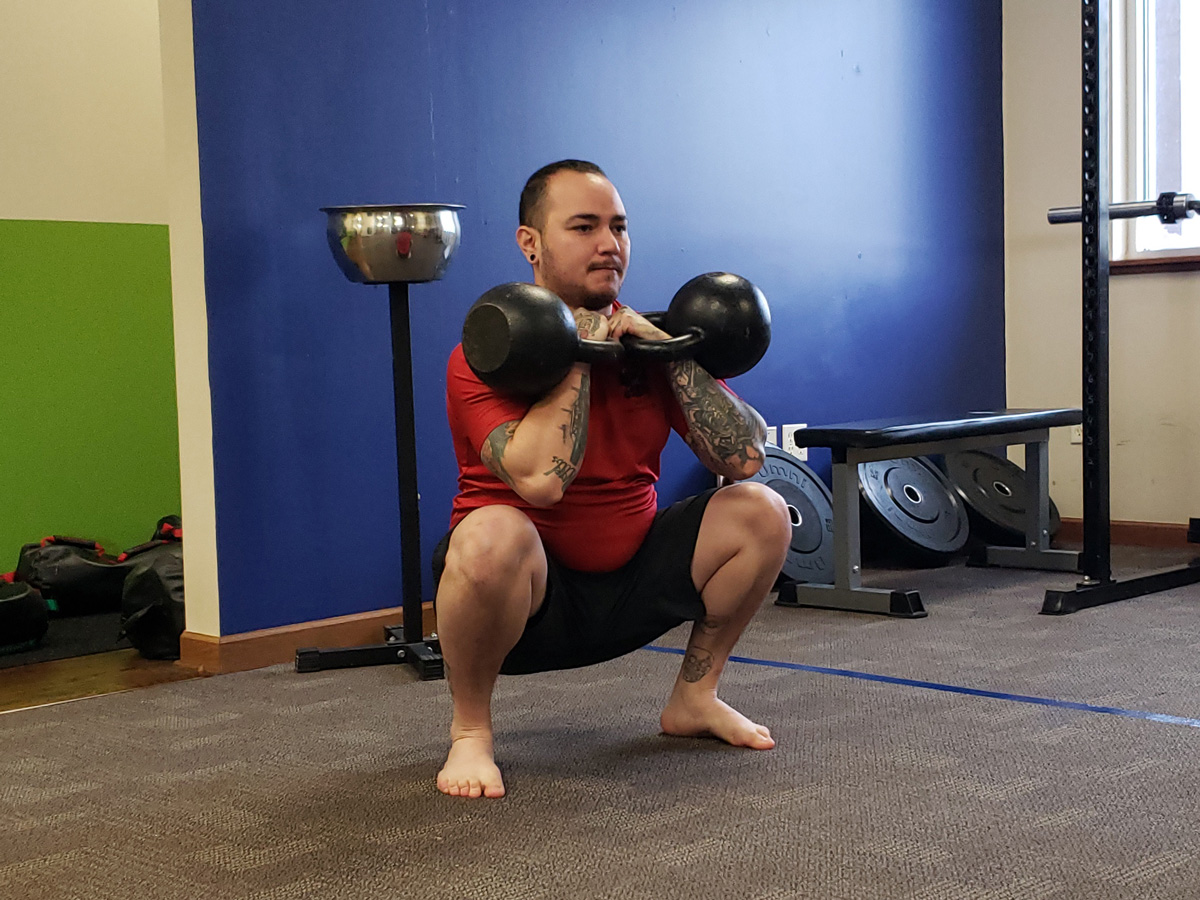
I am going to ruffle a few feathers with this post, but I want to challenge the way you’re currently thinking about your training. Training with machines isn’t bad, but it isn’t the best way. Machines often take up too much space and don’t really develop true strength. Gyms are filled with machines because they are easy to use, are self-limiting, and users do not require guidance.
The other issue with weight machines is that they often used in a seated position, which does not require the user to create core stability. For example, compare a kettlebell goblet squat to a machine leg press—there’s a BIG difference in the number of muscles that are working. The goblet squat requires you to use your core to keep your body in a neutral position. The lower body controls the movement, and the upper body maintains the movement. With the leg press, all of these challenges are removed by being in a seated/fixed position.
Another issue with machines is that they can forcibly stretch a joint beyond its range of motion. For example, if you do not get your arms in the right position in a pec deck machine, you will overextend the shoulder before loading it. Compare this to a traditional push up which is limited to a full range of motion without force.
Compared with machines, the kettlebell is a better tool to build strength, mobility, and aerobic capacity. The kettlebell requires the exerciser to use proper body mechanics in order to gain these benefits. And a kettlebell is just one single piece of equipment which can be stored in one foot of space.
Let’s dive deeper into why you should start using kettlebells and forget machines
Kettlebells Help Create Ballistic Power
The swing is one of the most popular exercises people associate with kettlebells. A kettlebell swing is a ballistic movement that generates a great amount of force. It is important that we train the body to be explosive. The swing movement shares a lot with sprinting mechanics. The quicker and more explosive we are with heavier kettlebells, the more this aspect will carry over to other movements and aspects of life.
https://www.youtube.com/watch?v=FnnpEZG5QU0
Gain True Strength
One of my favorite exercises and tests of true strength is the kettlebell front squat. This exercise requires you to load the body structurally, while moving through a full range of motion. The ankles, knees, hips, and spine are loaded at a higher demand. The core is further challenged to maintain the upper back with weight loaded in front of the body for the complete movement.
https://youtu.be/VTdgZWLW1Yw
Increase Your Range of Motion
The get-up is an amazing exercise that engages the full body, multiple joints, and the core. It develops mobility and strength. This exercise begins on the ground, progresses to standing, then returns to the ground—all while the exerciser holds a load overhead. You must have an adequate range of motion in the ankles, hips, and shoulders to perform this exercise. The progressions leading to the full get-up can act as mobility drills to prep the body for the complete exercise
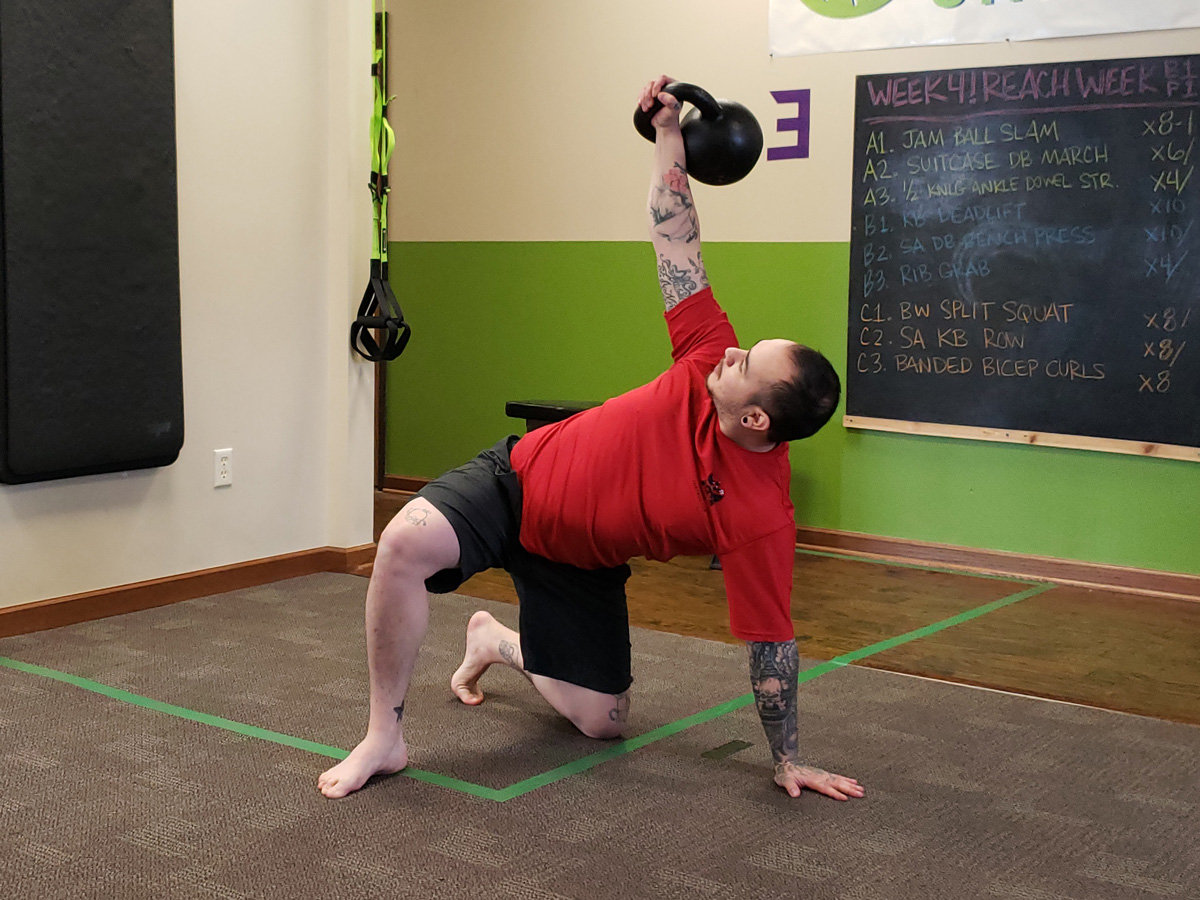
Increase Your Aerobic Capacity
Have you heard of the dreaded RKC Snatch Test? It’s 100 kettlebell snatches which must be completed in under 5 minutes at a prescribed weight. This can get the heart rate high and cause puddles of sweat. I use single arm swings and snatches to increase my aerobic capacity up and have noticed that it transfers to other areas of my fitness.
https://youtu.be/0LCwk8eFG2s
Don’t rely on machines, become a machine! Begin by working with a kettlebell instructor. You can do more and benefit more while training with just one kettlebell.
***
William Sturgeon, RKC Team Leader, RKC II trains clients at his gym, Restored Strength. Contact him through his website at RestoredStrength.com or follow him on Facebook: facebook.com/restoredstrength
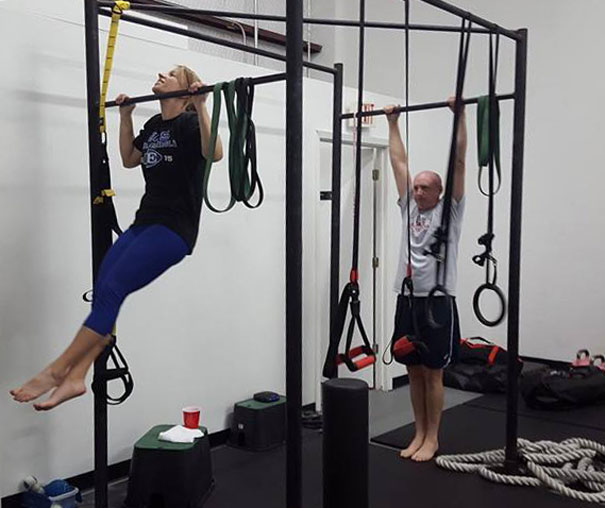
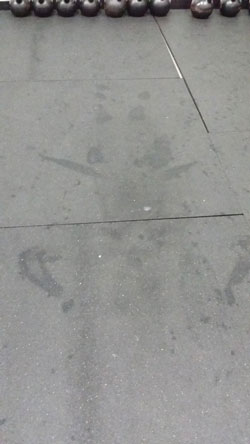
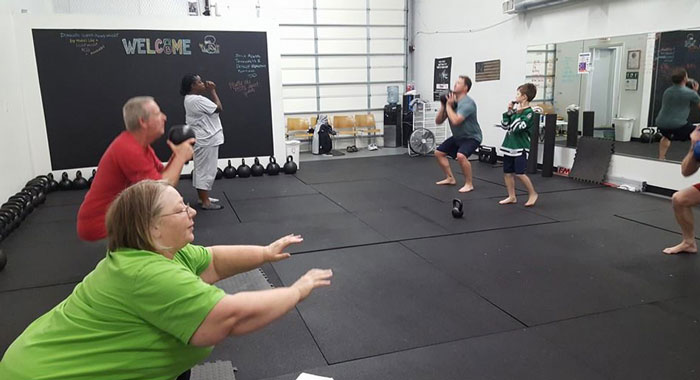
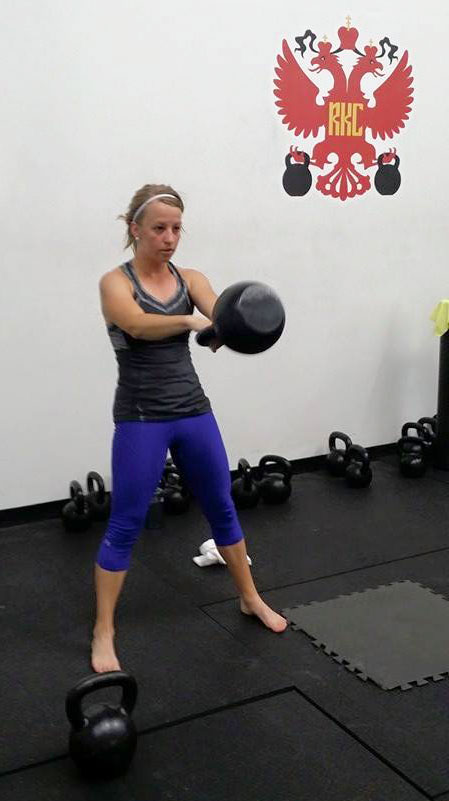

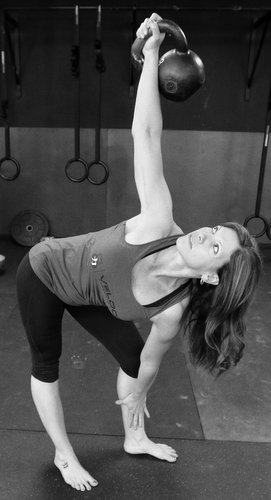 Being mindful requires an attentiveness that helps us recognize the conditions around and within us. Most people are not really “there” most of the time. Instead of being present, their minds are caught up in their worries, fears, insecurities, the past, or the future. All of this disconnect and distraction is not productive when we are training. Injuries, poor performance, or just a lousy workout are often side effects of not being fully present.
Being mindful requires an attentiveness that helps us recognize the conditions around and within us. Most people are not really “there” most of the time. Instead of being present, their minds are caught up in their worries, fears, insecurities, the past, or the future. All of this disconnect and distraction is not productive when we are training. Injuries, poor performance, or just a lousy workout are often side effects of not being fully present.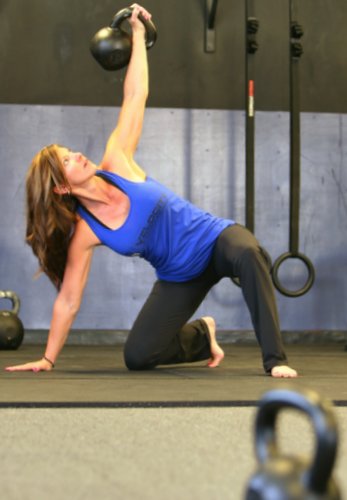 In general, I find that men have a harder time putting their ego aside and dialing back their workouts when they aren’t feeling 100%. Their tendency is often to “push through it”. This is usually when an injury occurs. On the other hand, women tend to fear trying a heavier lift—even if they’re feeling strong. In both situations, it pays to have a
In general, I find that men have a harder time putting their ego aside and dialing back their workouts when they aren’t feeling 100%. Their tendency is often to “push through it”. This is usually when an injury occurs. On the other hand, women tend to fear trying a heavier lift—even if they’re feeling strong. In both situations, it pays to have a 